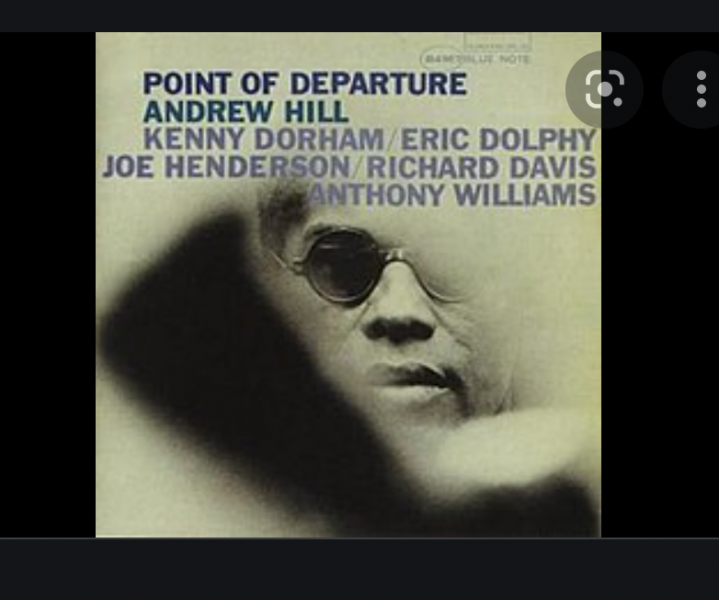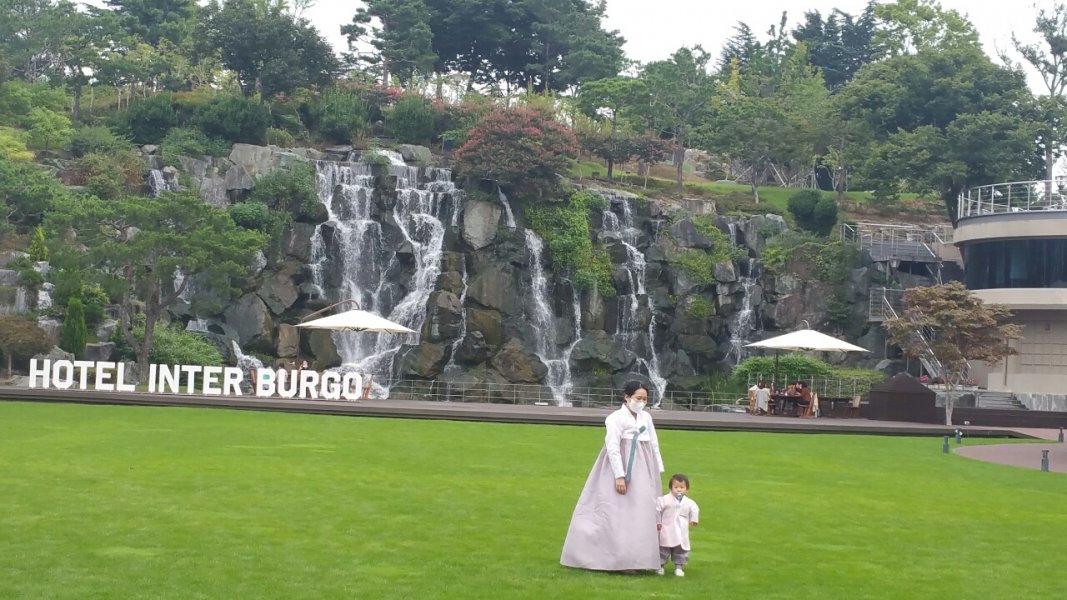I am honestly not sure where to put Beving, it is more contemporary than classical, Andriessen is too far out for my taste but I listen to neither of them a whole lot.
I did not take your point as critisism, my response was not clear perhaps...there is not much of ANY serious or targeted art eduction in our schools other than painting the scenery in broad strokes which goes for visual and musical education.
As I mentioned, same in Austria as far as school is concerned. And still, both first-class Dutch and Austrian classical musicians are considered to be among the best in the world. Look at Concertgebouw and Vienna Philharmonic for orchestral, for example, all apart from smaller ensembles and soloists.
My 5 year old brings home that he suddenly pick out an instrument from whatever music I am listening to, and that I am sure he picked up at school. At home I expose him to everything from Mahler (he LOVES Mahler 2nd) to EDM and try to explain bits and pieces but focus on letting him 'sample' different music so he can see what he likes or wants to explore.
Very cool.









